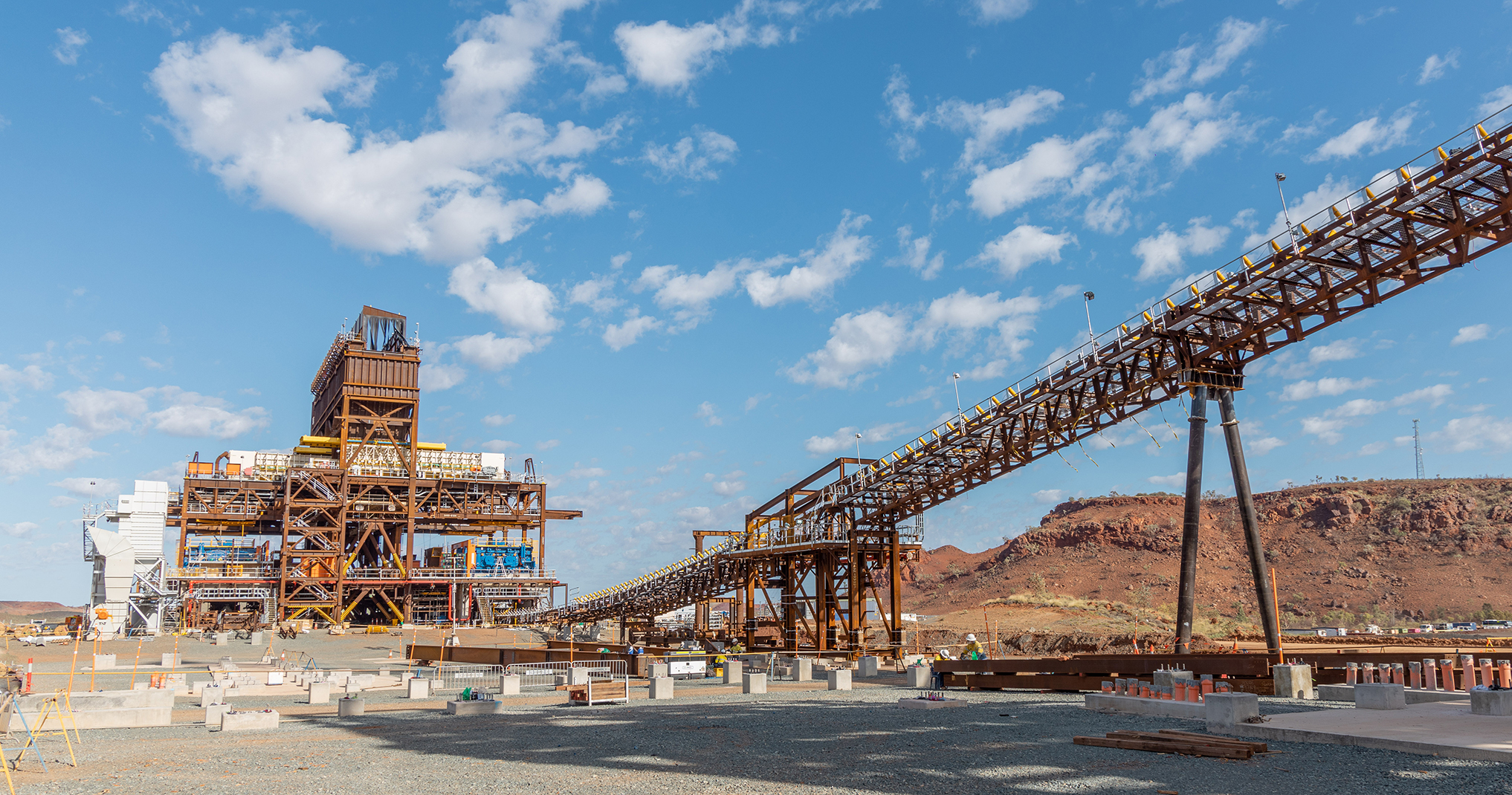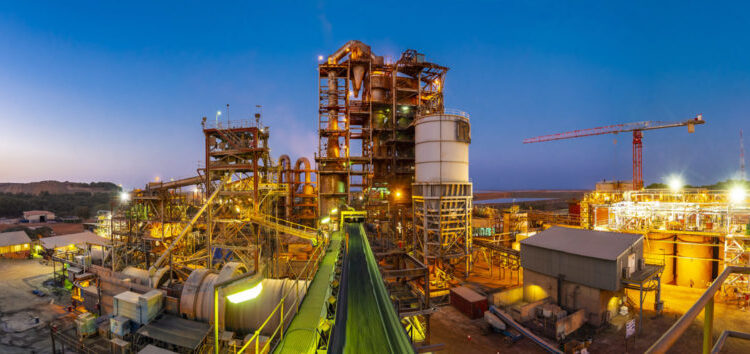Though market leadership is a critical element in L’Oréal India’s strategy, the firm also excels in sustainability and social responsibility.
In business, as in life, it is important to be in the right place at the right time, and that has clearly been the aim of French cosmetics giant L’Oréal in India. For nearly two decades, the owner of brands like Garnier, Maybelline, L’Oréal Paris and Lancôme has tried and tested a variety of innovative and marketing strategies that appear to have paid off. The company has now decided to give back to society in what is being dubbed its best makeover yet—by going beyond the face and hair of the consumer to truly empower the populace.
Keen to create a more sustainable community, the company has launched 100 citizen projects globally which are designed to assist and support the most vulnerable communities on a local level through concrete initiatives. “Maintaining good relations with all our neighbours is very important. It is not just a corporate social responsibility activity: success is based on strong ethical principles, which provide a framework of values. It is also based on a genuine sense of responsibility in utilising the resources that are available and giving back to the wider community,” explains Vishal Sahgal, L’Oréal’s Asia director of Environment, Health and Safety.
L'Oréal India is a proponent of green practices and has donned the colour with pride, employing various means to cut its greenhouse gas emissions, check its carbon footprint, cut plastic content in packaging and use renewable energy. “Consumers are getting more aware these days. There are companies which are clearly spelling out their carbon footprint on the back of the product. We are in the beauty business and want to be good citizens of the world,” says Sahgal.
The cosmetics giant has decided to reduce its carbon dioxide emissions, water consumption and waste levels to grow sustainably along with the communities around it. “Environment protection and corporate social responsibility are imperative. Taking 2005 as a base year, we want to reduce water and waste levels by 50 per cent in per unit terms by 2015,” says Sahgal.
The company also uses solar technology at its manufacturing and distribution plants in India. “We have 320 solar panels at our plants. Presently 25 per cent of water in our Pune factory is heated by solar energy,” says Sahgal. He adds that the company is planning to buy wind power for its electricity needs. “This will help us to reduce our CO2 footprint due to use of electricity based on fossil fuel.”
L’Oréal India is among a handful of Indian firms that has managed to successfully put in place a roadmap for the gradual reduction of emissions. In 2011, the Green Business Survey—a platform for Indian businesses to tackle climate change and sustainability issues—placed L’Oréal at the number two slot just behind Tata Coffee and ahead of Unilever at number three, out of 52 companies.
The win was just one of many accolades bagged by the company. “In 2009, we won the Best Project Award in the Environment category for our vermiculture project. In 2010, L'Oréal's Pune facility won the best initiative for CSR and the Citizen of the World Award, for the best initiatives in social services across its plants and distribution centres. And in the same year we bagged an award from the Maharasthra State government for excellence in energy saving facilities,” says Sahgal, who has just been promoted and is to assume his new role in Shanghai, where he is keen to carry on the initiatives.
L’Oréal India’s factory in Chakan, Pune, has had great success with its solar water heating system installed in 2006 and is set to add further capacity to supply new facilities. The Chakan factory meets 85 per cent of demand of the hair care, skin care and hair colouration market in India. Around 15 per cent of production at the factory is destined for the export market. The plant currently produces 450 different products across consumer products and professional products.
“The majority of production at Pune is for Garnier,” says Sahgal. “We have recently commissioned a second unit in the same plot which will be dedicated for hair care. This will double the capacity of the overall site.” From the current 200 million units, the total capacity of the Pune site will jump to 500 million units. “With this upgrade, we will be able to cater to the demands of the market. We have been growing at 30 per cent for the past three years and had a similar compound annual growth rate for the last six to seven years—and we see a similar kind of growth in the coming years.”
For the cosmetic multinational, gender empowerment continues to be one key to success. “We have 24 per cent women on our shopfloor,” says Sahgal. “We try to maintain a good diversity ratio and provide them with all the facilities like transportation from nearby villages to work. Women have stayed with L'Oréal because they have understood the company cares for its employees.” When L'Oréal India decided to shift base from Umargaon in Gujarat to Pune in 2003, all employees were invited to make the move. “About 30 women moved with their families and set up camp in Pune,” says Sahgal.
In July 2011, L'Oréal India organised a small programme at its factory that included an interactive session with the manager of a counselling centre for domestic violence. “The session was so successful, we asked her to conduct a counselling camp in the nearby villages, due to high demand from the employees,'' says Sahgal. He adds that such initiatives allow the firm to play a larger role than simply that of a supplier of beauty products.
The company’s CSR activities have also included the addition of two classrooms and school benches to a municipal school in Pune from the planks and implements available at the Pune factory construction site. “Many of the kids did not have benches. To ensure that the kids did not have to study on the floor, we thought of the benches. The idea was well appreciated by the families. The response was so overwhelming that we took all the old equipment from the factory such as computers and lab equipment and donated it to a nearby school,” says Sahgal.
The company also conducted several safety training camps for villagers, wherein they were advised about issues such as snake bites and fires at home. “We also conduct health check-up camps in association with the Birla Hospital. Women and senior citizens can go in for a free check-up for their eyes and general health,” says Sahgal.
In 2011, the company started five vermiculture plants in nearby villages which provide sustainable employment to the villagers, either by giving them manure for their farm or providing them the means to sell the manure in the open market, with all expertise provided by L'Oréal India.
The company is now looking at a training and development programme for young engineers. “Loyalty to the company is very high. For many of our management committee members, this was their first job. Though we have an attrition rate well below 10 per cent, we commenced a training programme on January 6 2012 for our fresh lot of engineers—be it mechanical, chemical or production,” says Sahgal.
“We noticed that for most engineers, there is a strong urge to do a degree in Business Management and they would quit every two to three years due to this. Rather than lose them, we tied up with an educational firm, the Symbiosis Institute of Management in Pune, and created a two-year programme, with classes on the weekends.” L'Oréal India therefore provides these youngsters with a business degree and retains them for a longer duration to develop them as future managers.
From moisturisers and hair colourants to upscale eau de toilettes, the L’Oréal stable has a scope and depth that’s hard to match. Filling retail shelves with global products as well as brands developed locally will help the company pole-vault to the number one position. www.loreal.co.in
DOWNLOAD
 L'Oreal.India-EMEA-Jan12-Bro-s.pdf
L'Oreal.India-EMEA-Jan12-Bro-s.pdf













